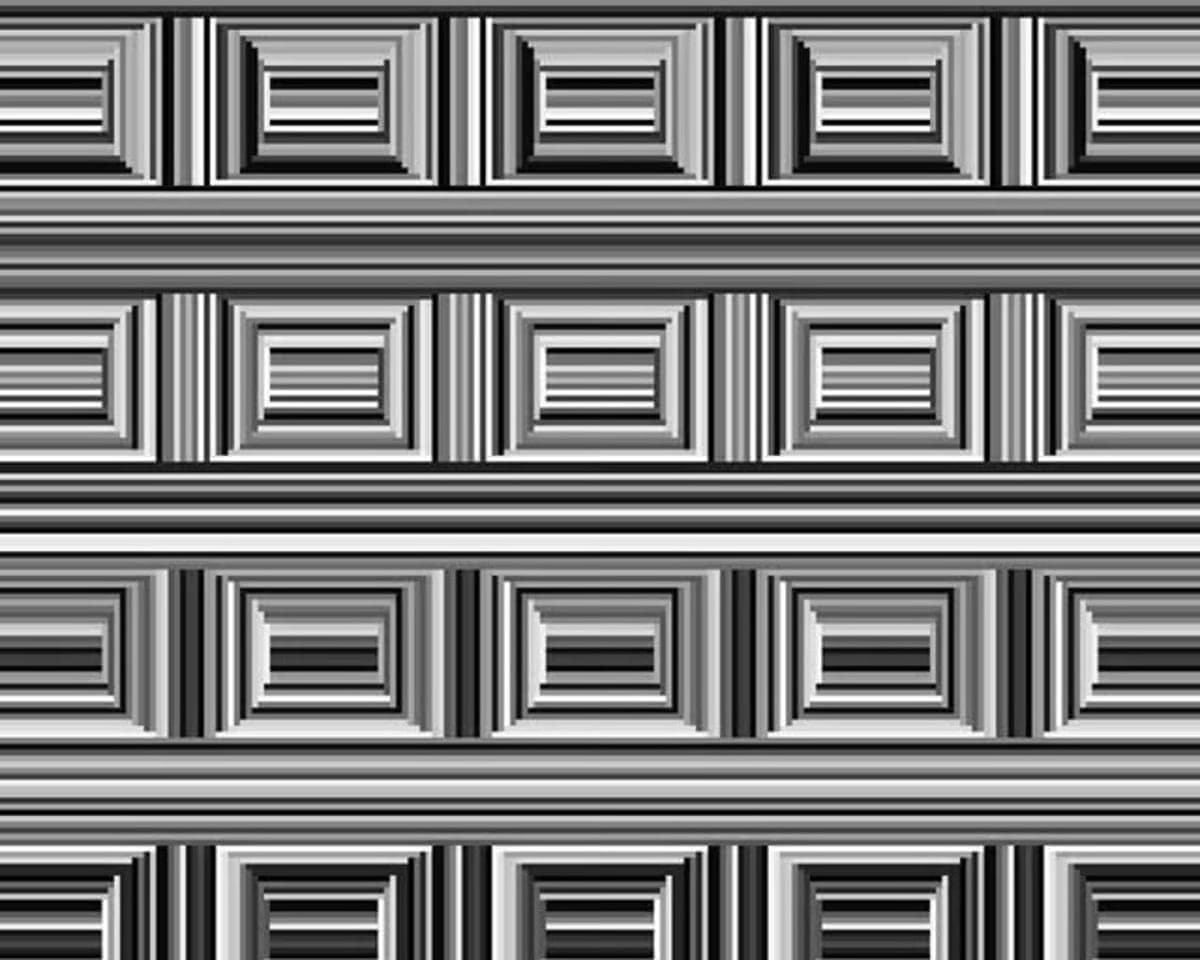Do People from Different Backgrounds Perceive the World Differently?
Two recent studies have revisited the long-standing debate over whether people from varying cultures and environments perceive the world in distinct ways. The findings suggest that the answer may be more nuanced than either study alone proposes.
One investigation, conducted by Ivan Kroupin at the London School of Economics, explored how individuals from different cultures perceive the Coffer illusion. Their results indicated that participants from the UK and the US primarily saw the image as composed of rectangles, while those from rural Namibia tended to perceive it as containing circles.
To explain these differences, Kroupin’s team referenced a hypothesis first proposed over 60 years ago. The theory suggests that people from industrialized Western countries—often categorized under the acronym “WEIRD” (Western, Educated, Industrialized, Rich, Democratic)—process visual information differently due to frequent exposure to structured environments with straight lines and right angles, common in urban architecture. In contrast, those from non-industrialized societies, like rural Namibia, live in surroundings with fewer rigid geometric forms, leading to alternative visual interpretations.
The study argues that Namibians’ tendency to see circles in the Coffer illusion reflects their exposure to curved structures, such as round huts, rather than angular ones. Additional studies on visual illusions support this interpretation, suggesting that basic perceptual mechanisms vary with environmental influences.
However, a second study by Dorsa Amir and Chaz Firestone challenges this hypothesis using the Müller-Lyer illusion, a well-known visual effect where two lines of equal length appear different due to arrowhead markings. This illusion has often been attributed to the brain interpreting the lines in three-dimensional space, aligning with the “carpentered world” hypothesis. Past research even cited cultural differences in perception as evidence.
Amir and Firestone rigorously refute this explanation. They highlight that non-human animals also experience the illusion, as demonstrated in multiple experiments involving species such as pigeons and primates—creatures not raised in human-engineered environments. Their work suggests that the illusion may arise from more fundamental neural processes rather than cultural conditioning.
These contrasting findings underscore the complexity of perception, revealing that both environmental influences and inherent cognitive mechanisms shape how individuals interpret visual information. The debate remains open, indicating that human perception is far from fully understood.
Read next

"Reject authoritarianism – Reform and the far right can be halted, says Gordon Brown"
Nigel Farage describes his Reform UK party as a distinctive force that has surged onto the global scene, its rapid ascent framed as an unparalleled political shift. Yet this week, across Europe’s largest nations and from India and Thailand to the US and Argentina, similar hard-right movements—opposing immigration

"Embracing solo travel: Women break tradition to holiday alone"
A few weeks ago, I received an invitation for a press trip I would never consider. It involved a long flight and centered around fitness, meaning it would require a lot of physical activity and early mornings. Even if I were fond of such things, spending a week with others

"Tony Blair’s relentless penchant for meddling in the Middle East persists"
“There are two types of politician,” Tony Blair noted in 2012. “Those who shape reality and those who manage it.” He argued that while postwar politics mostly involved steady governance, the changing world demanded more imagination, “both in economic and international affairs.” Only a certain kind of forward-thinking leader, he

